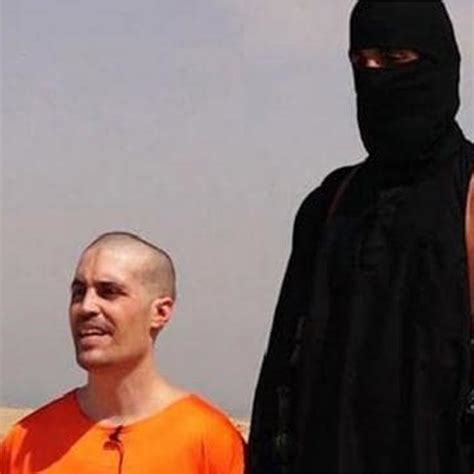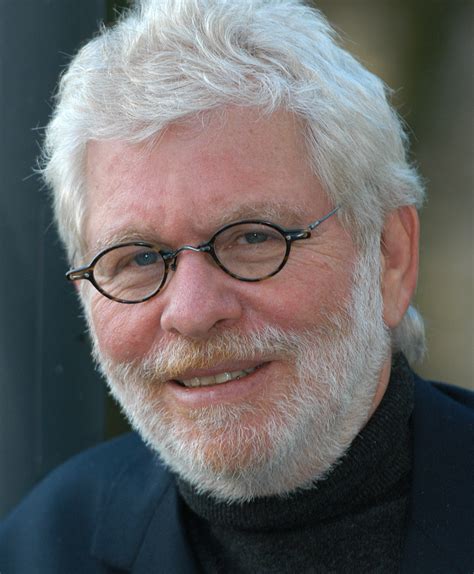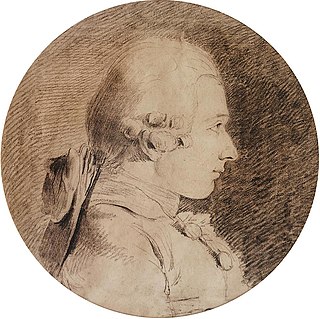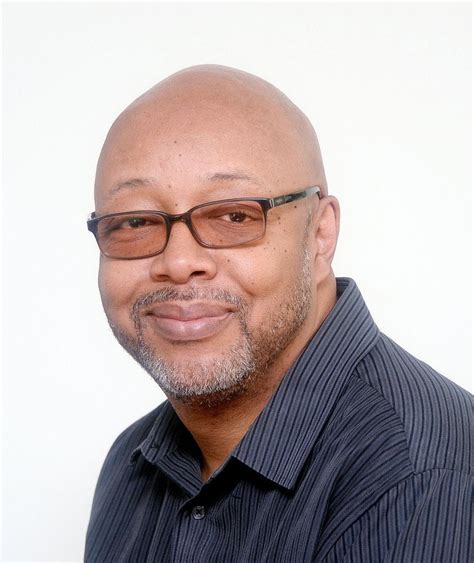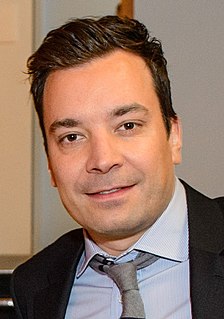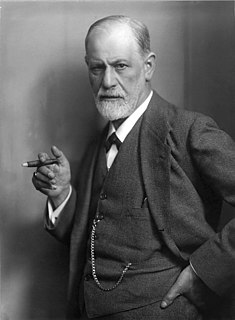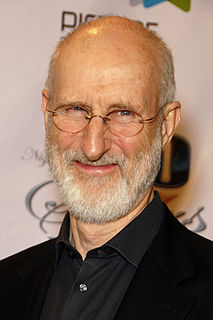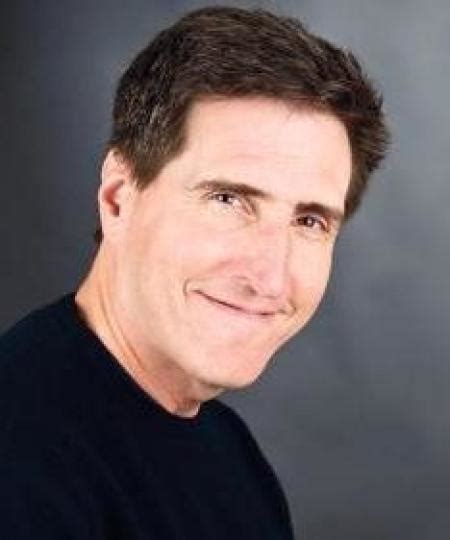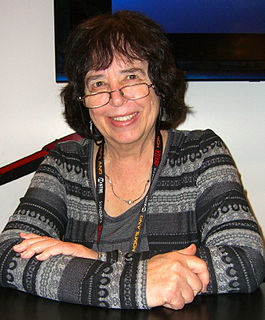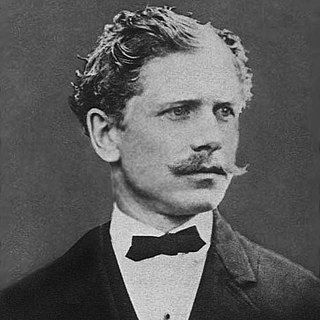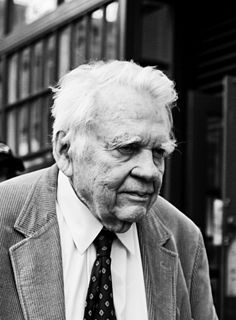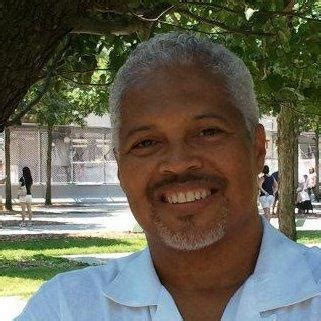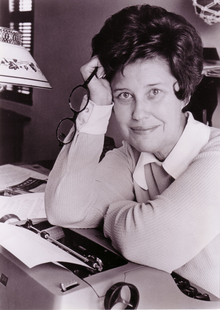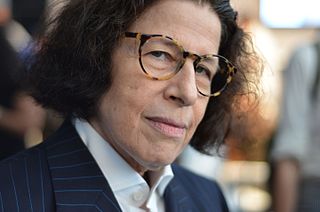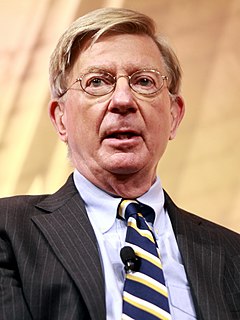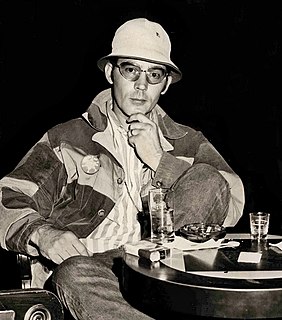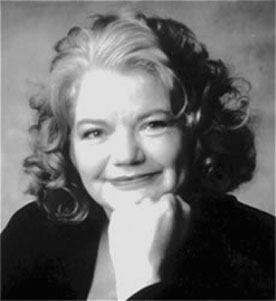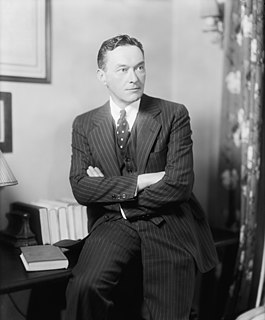A Quote by Jim Bishop
The future is an opaque mirror. Anyone who tries to look into it sees nothing but the dim outlines of an old and worried face.
Related Quotes
Do you suppose you will look the same when you are an old woman as you do now? Most folk have three faces—the face they get when they’re children, the face they own when they’re grown, and the face they’ve earned when they’re old. But when you live as long as I have, you get many more. I look nothing like I did when I was a wee thing of thirteen. You get the face you build your whole life, with work and loving and grieving and laughing and frowning.
No one "discovers" the future. The future is not a discovery. The future is not a destiny. The future is a decision, an intervention. Do nothing and we drift fatalistically into a future not driven by technology alone, but by other people's need, greed, and creed. The future is not some dim and distant region out there in time. The future is a reality that is coming to pass with each passing day, with each passing decision.
Past middle age, some friends suggested that I should have my eyebags removed, the deepening creases on my face stretched. I often examined my face in the mirror, imagining how I'd look if I followed the suggestion. I decided to retain the old mug. I was too familiar and comfortable with it. And the final hindrance: the cost.
The next time you look into the mirror, try to let go of the storyline that says you're too fat or too sallow, too ashy or too old, your eyes are too small or your nose too big; just look into the mirror and see your face. When the criticism drops away, what you will see then is just you, without judgment, and that is the first step towards transforming your experience of the world.
The physical body is an agent of the spirit and its mirror. It is an engine and a reflection of the spirit. It is the spirit's ingenious memorandum to itself and the spirit sees itself in my body, just as I see my own face in a looking glass. My nerves reflect this. The earth is literally a mirror of thoughts. Objects themselves are embodied thoughts. Death is the dark backing that a mirror needs if we are to see anything.
Staring and staring into the mirror, it sees many faces within its face - the face of the child, the boy, the young man, the not-so-young man - all present still, preserved like fossils on superimposed layers, and, like fossils, dead. Their message to this live dying creature is: Look at us - we have died - what is there to be afraid of? It answers them: But that happened so gradually, so easily. I'm afraid of being rushed.
